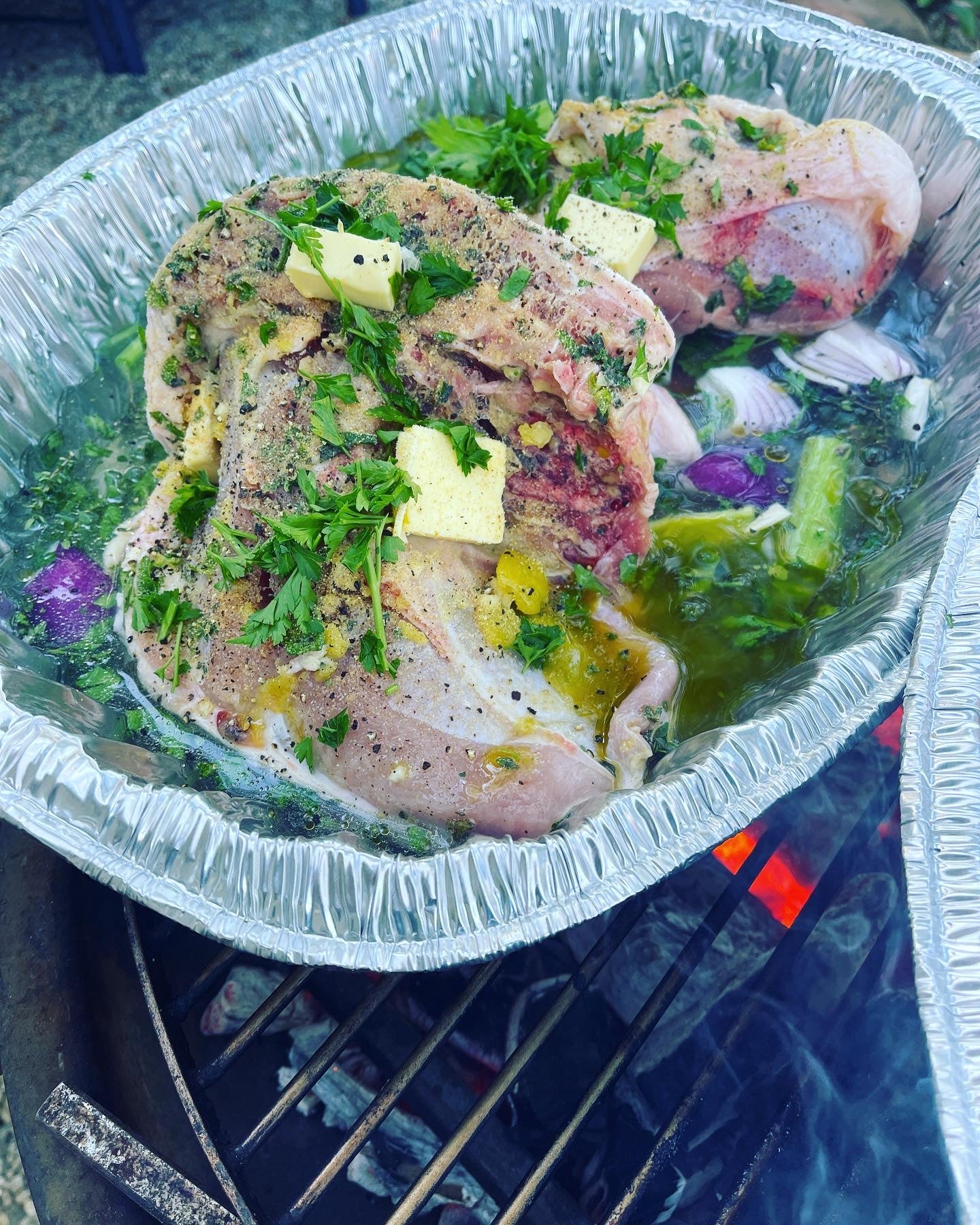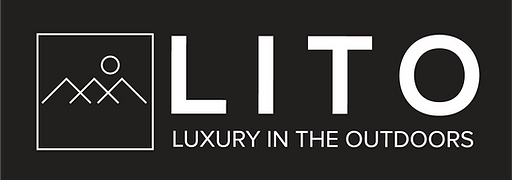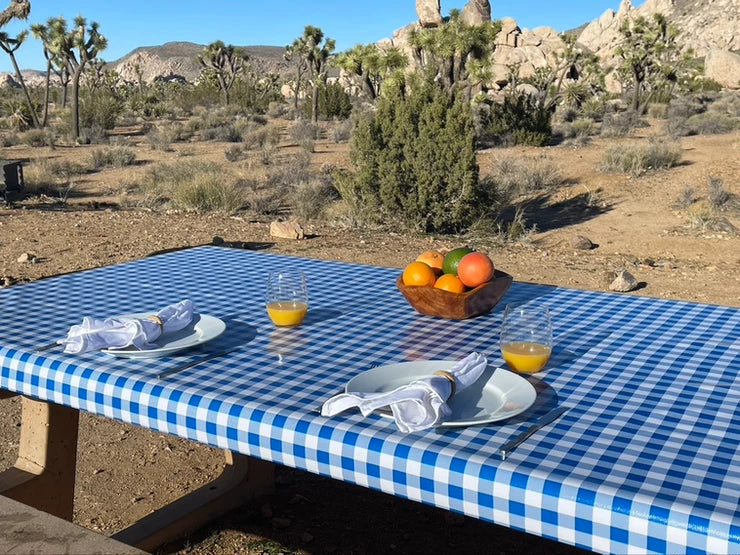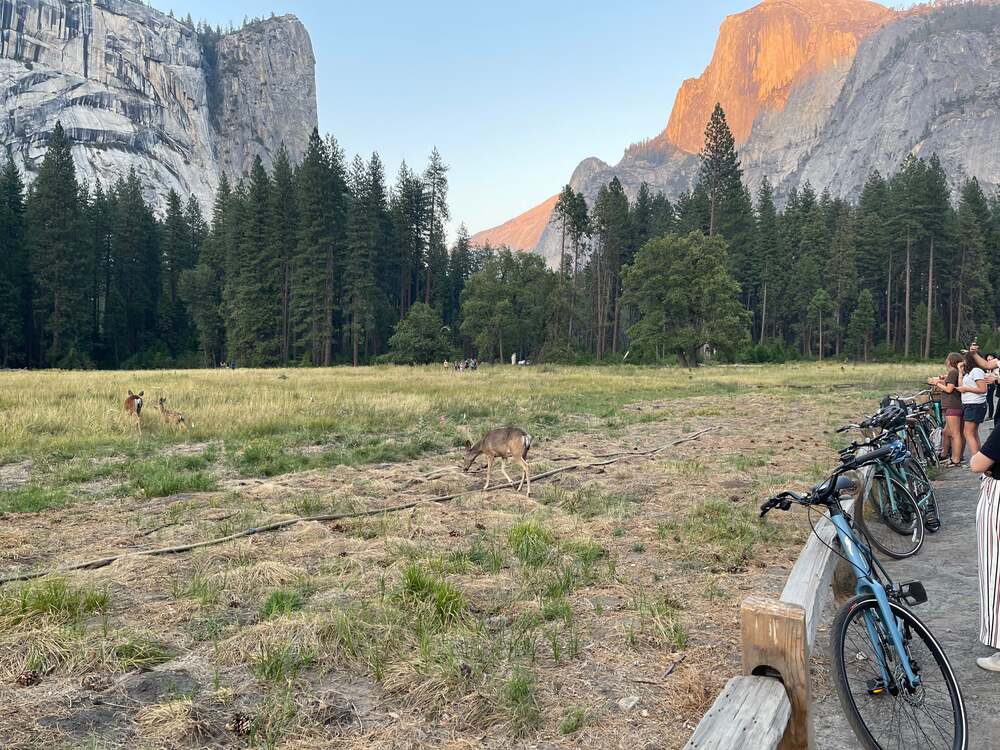
How to Cook Turkey Over a Campfire
HOW TO COOK TURKEY OVER A CAMPFIRE
A few years ago, we decided to head to Sedona, Arizona for Thanksgiving. Of course our daughters’ main concern was whether or not we would have our traditional dinner. Well, the answer was yes, but with just a small microwave in our trailer, I was wondering how to pull it off. As a native New Orleanian, it felt unacceptable to do anything less than a full meal. As they say in New Orleans, at breakfast you discuss what to eat at lunch and at lunch you discuss what to eat for dinner. And if you attend a dinner party, the first thing people ask is “how was the food?” In short, we New Orleanians are obsessed with food. In honor of that tradition, I was determined to have a Thanksgiving spread while camping.
I spent the two weekends before preparing our traditional sides: homemade macaroni and cheese (recipe courtesy of my great aunt), New Orleans stuffed zucchini with shrimp (a family recipe), and mashed potatoes (considered mandatory by our daughters) and sauteed string beans. That seemed like a good place to start. But how was I going to cook the turkey? In my mind, a microwave was definitely not an option.
So, I came up with an idea, to have the turkey cut up into pieces, marinate it and bar-b-cue it over the campfire. And that’s exactly what we did. The turkey was remarkable, in fact, the best turkey we have ever made.
After a morning hike in Sedona, we headed back to our campsite, Lo Lo Mai Springs (we highly recommend it), and had our feast. While my husband tended to the turkey over the fire, I warmed up the food and made the gravy.
If you are planning to follow this recipe, just remember, cooking in the outdoors requires a bit of flexibility, so use the below recipe as a guide and go with the flow.
Questions? Reach out anytime at blogs@litoluxury.com
SUPPLIES TO PACK:
- Turkey (the appropriate size for your trip, usually about 1 to 1.5 pounds of turkey per person), so 6 people = 8 to 9 pound turkey
- Turkey baster (optional) or large spoon
- Extra large aluminum baking pan that you buy in the grocery store OR a large roasting pan OR a large Dutch oven Note: The roasting pan and Dutch oven may get charred, just be sure you are ok with that when using it over the fire.
- Heavy duty foil
- 1.5 sticks of butter (approx ½ stick for the gravy, 3/4 stick for the turkey)
- 1-2 cups of olive oil
- Salt & Pepper
- Garlic powder
- Tony Chachere’s seasoning
- 1 large onion roughly chopped
- 2 to 3 large carrots roughly chopped
- 2 celery sticks roughly chopped
- Large cutting board with a juice groove
- A sharp knife
- Large BBQ fork
- Large BBQ tongs
- Heavy duty hot hands or fire proof gloves
- Platter to serve
- Small pot to cook the gravy
- Wipeable outdoor tablelcloth
- Paper towel
- Antibacterial surface spray
- Kitchen rags
Marinade Ingredients:
- 2 cups of olive oil
- 3 toes of fresh garlic (“toes” are what New Orleanians call “cloves” of garlic)
- 1 lemon
- Fresh herbs (about 1.5 cups chopped)
- 10 sprigs of thyme
- 1 cup of loosely chopped fresh parsley
- ¼ cup of fresh oregano loosely chopped 2 heads of fresh garlic
Gravy Ingredients:
- 2 shallots (or ½ cup of onions)
- Fresh parsley (½ cup)
- Thyme (6 -8 sprigs )
- 6 toes of chopped garlic (“toes” are what New Orleanians call “cloves” of garlic)
- 1 stick of butter
- ⅛ cup olive oil
- ½ cup chopped carrots
- ½ cup chopped celery
- 10 toes of garlic (AKA “cloves”)
- ¼ cup of all purpose flour for thickening or substitute if you are gluten free (use the amount that creates the consistency you prefer)
- ¼ to ½ cup of red or white wine (red wine makes a richer gravy with a heavier taste, white wine will be slightly lighter in taste, both work well)
Prepare the Marinade:
We suggest preparing the marinade at home before you leave. Roughly chop garlic and herbs. Whisk olive oil, fresh herbs, garlic and the juice of one lemon together. Place the turkey pieces into large reusable sealable bags. We use the bags that the turkey comes in from the butcher which works well. Generously pour the marinade into the bags. Make sure the marinade coats every part of the turkey pieces. You can also use an air tight container, but you want to make sure the turkey remains doused in the marinade, so shake the container a few times throughout the day).
Marinade overnight.
How to Cook the Turkey over the Fire:
First things first, place your outdoor tablecloth on the picnic table so you have a clean workspace. In case of some raw turkey juice that spills onto the tablecloth, wipe it up with an antibacterial spray and paper towel to keep your surface clean and sanitary.
Start the fire. The fire is ready when you have red coals that can be moved underneath the grill and burning logs on the other side of the fire. The goal is to keep the water in the bottom of the pan at a consistent simmer and make sure flames are not touching the bottom of the pan. Once the first gets started, prepare the turkey pans.
Depending on how large your turkey is, you may need one or two large pans or Dutch ovens. Place 2-3 cups of water in the pan along with roughly chopped carrots (about a cup), onions (about a cup) and celery (2 sticks). Be sure to pour the marinade into the pan along with the turkey. Place 1 inch chunks of butter underneath the skin of each turkey part. Generously sprinkle salt, pepper & garlic powder, and lightly sprinkle Tony Chacere’s. Turkey requires a lot of seasoning to make it taste flavorful, so don’t hold back.
Cover the pan (or Dutch oven) and place it on the fire pit grill (most campsites have these grills, if you don’t have that, use rocks to elevate the pan over the fire coals. You can have some flames beneath the pan, but you will have to carefully keep an eye on the turkey to make sure the water doesn’t evaporate. Add water as needed, keeping 1 inch in the pan at all times. Baste the turkey with the juices every 20 minutes and turn the turkey occasionally in the pan. Continue to add water into the pan as it evaporates, keeping a consistent ½ inch to an inch of liquid across the bottom of the pan.

Cook the turkey for about 1.5 to 2 hours. Towards the end of the first hour, check the temperature every 20 minutes, as the turkey can overcook quickly. Once the temperature reaches 165 degrees, remove it from the heat and let rest for 10 minutes.
Start to prep the gravy once the turkey has been placed over the fire.
The Gravy:
While the turkey cooks, start the gravy. Sauté the celery, carrots and shallots in a saucepan in olive oil. Once the seasonings are soft, add 4 cups of water, the turkey neck and gizzards. Bring to a boil and let simmer for an hour. Add water as it evaporates. At hour two, remove the neck and gizzards. Pull the meat from the neck and put it back into the gravy.
Back to the Turkey:
Remove the foil for the last 20 or 30 minutes of cooking. Check the dark meat temperature. If the white meat hits 165 degrees before dark meat, remove it from the pan and let it rest so it doesn’t dry out while you wait for the dark meat to hit 165 degrees. At the two hour mark, drain the juices from the pan to add to the gravy. Add more water to the pan. Once the meat hits the correct temperature, remove the pan from the fire and let the turkey rest for 10 minutes.
Optional: As the turkey approaches 150 degrees, remove the pan from the grill. Place the turkey pieces over the grill (best to line it with foil) to crisp up the skin. Cook until it reaches 165 degrees.
Continue the Gravy:
Once you’ve added the drippings from the pan into the gravy, simmer for 30 minutes. The flavors should become bolder and taste more melded together. Add fresh parsley, thyme, butter and garlic, ½ stick of butter and salt and pepper to taste. Whisk together. Add salt, pepper and garlic powder to taste. Once the flavor gets to a good place, add the wine. Whisk. Slowly sprinkly in the flour to thicken the gravy and whisk. The gravy should be reduced to about 1.5 to 2 cups of gravy. The consistency is personal, so if you like it thicker, cook the liquid longer and add more flour.

Optional: If you have power at your campsite, take your gravy and blend it (including the meat from the neck, be sure you have removed all of the bones) for a final touch. It should be thick and full of flavor.
Once the turkey has reached 165 degrees Fahrenheit, let it rest for 10 minutes. Slice the meat off of the bones. Serve!
Be sure to have a wipeable outdoor tablecloth to cover the dirty campsite picnic table for your feast.
Note: Do NOT put the hot turkey pan on the LITO tablecloth as the heat will damage it, be sure to sit the hot pan on a cutting board or on the picnic table wooden bench.
Enjoy!

Story by Carol Carimi Acutt


